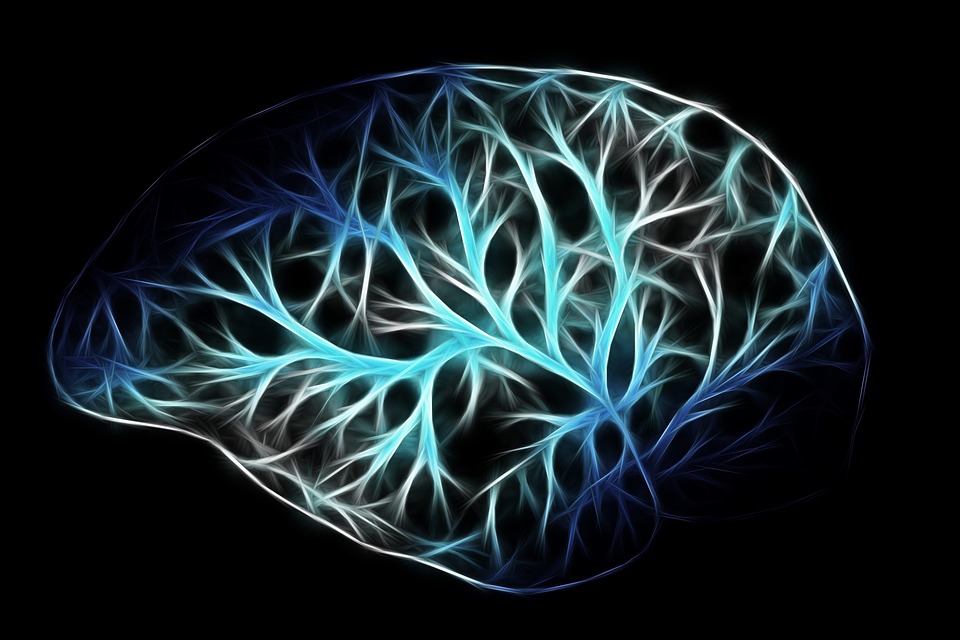At the edge of life and death is a spreading dark wave.
Scientists spotted it first in rabbits. In a series of papers published throughout the 1940s, Harvard biologist Aristides Leão described finding a sudden silencing of electrical activity in the exposed brains of his unconscious experimental animals after subjecting them to injuries — applying electrical shocks, poking them with glass rods or cutting off the blood in their arteries. The “spreading depression,” as he termed it, began at the injured spot within 5 minutes of the injury, before eclipsing more distant parts of the brain.
Seven decades later, a paper published Feb. 15 in the journal Annals of Neurology reveals just how this process occurs in the dying brain cells of humans.
To gather their data, the researchers set up shop in hospitals in Berlin and Cincinnati. With consent from next of kin and other legal representatives, they reported results from nine patients who died with electrodes implanted in their brains, recording how their neurons behaved in their last minutes. All of them had existing conditions that required invasive neural monitoring, so the electrodes were already in place when doctors stopped life-preserving care.
By Rafi Letzter – Full Story at Live Science



